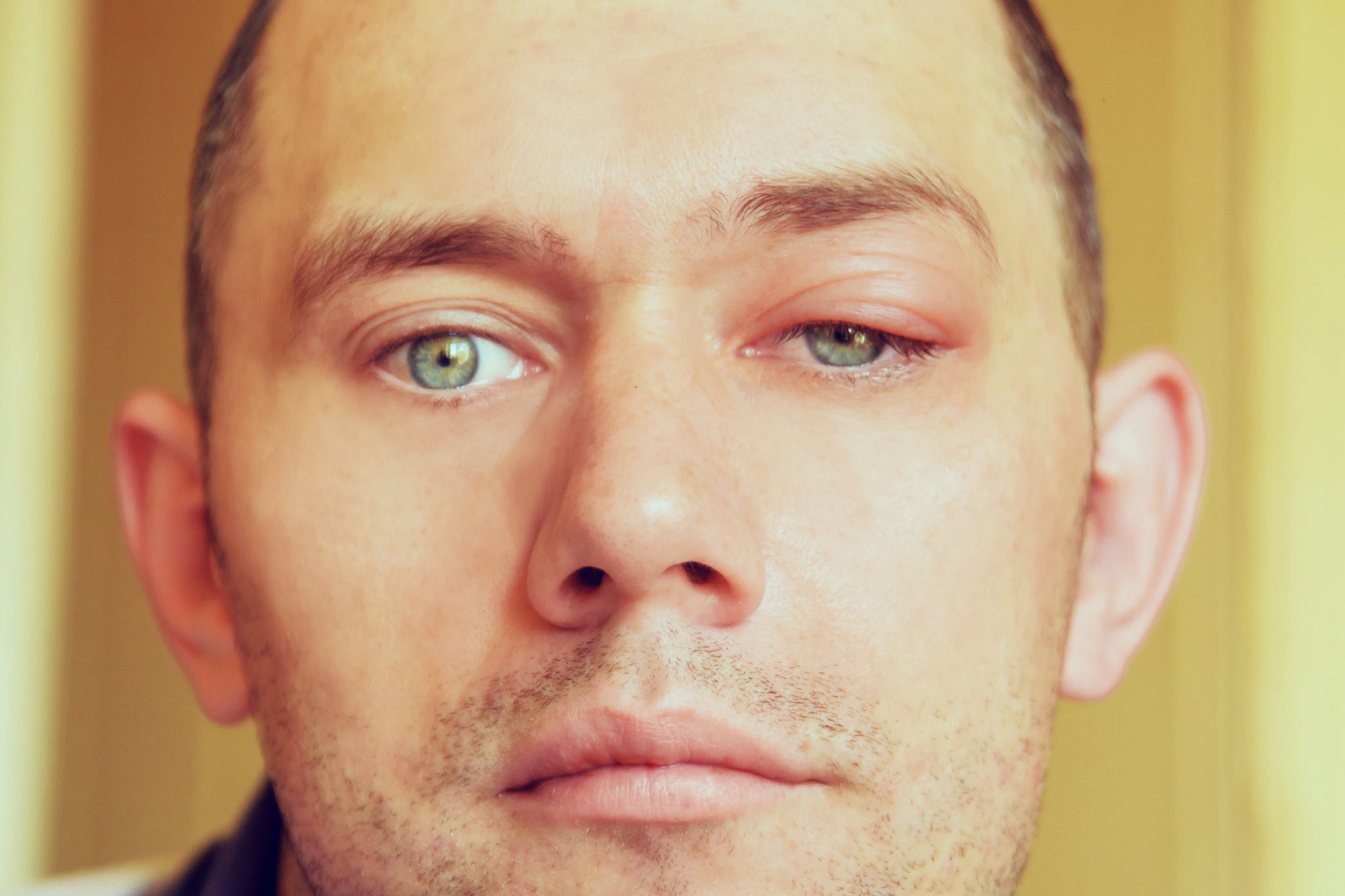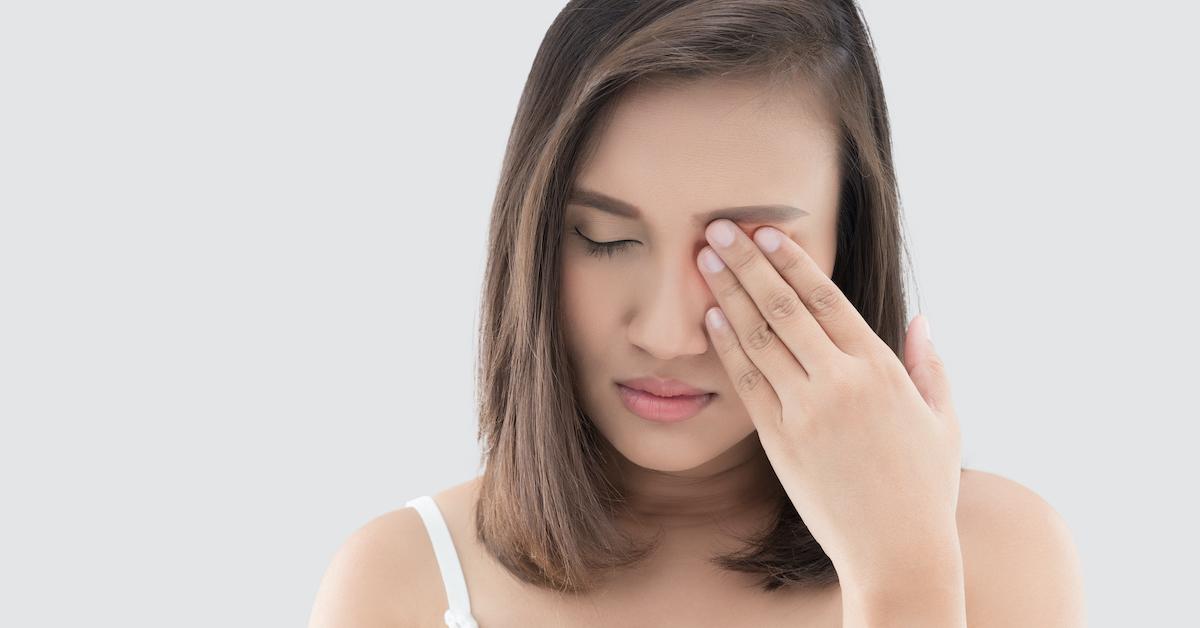Painstaking Lessons Of Tips About How To Treat Styes

The stye itself is a small bacterial infection.
How to treat styes. A basic clean washcloth dipped in warm (not hot) water works well as a compress. A small cut (incision) to drain your stye in the office (under local anesthesia ). When a hair follicle gets infected, this type of stye can occur.
Various home remedies can help a person treat or get rid of a stye. Do not give aspirin to children under 16. Most styes get better on their own and do not need medical treatment.
There are some things you can do to treat the stye at home. Use a warm compress a warm compress is the most effective way to treat a stye. Avoid sharing eye cosmetics or personal items like mascara, eyeliner or towels.
Keep your face and eyes clean. Prevention diagnosis see the doctor treatment faqs bottom line a stye is a lump on the eyelid caused by a bacterial infection. To apply a warm compress, wet a.
It appears as a painful red bump that may look like a pimple or a small boil. When a stye first starts to develop, the eyelid can be tender when someone touches it and red. The first thing you should do if you get a stye is cleanse your eyelids.
This should be done 3 to 5 times a day. How to treat a stye. Wash makeup off before bedtime so eye follicles don’t get plugged overnight.
Wring the cloth so it is not dripping, then place it over your closed eyes. This stye develops at the eyelash base. A stye usually forms on the outside of your eyelid, but sometimes it can form on the inner part of your eyelid.
You can use the following tactics to help it heal at home: Symptoms include eyelid pain, tenderness and swelling. Repeat this 3 or 4 times a day.
10 ways to treat a stye. Replace eye makeup about every six months to avoid bacterial growth. Your provider may prescribe oral antibiotics in cases where the area around your eye is infected or after an incision is made to drain an internal stye.
A stye typically goes away on its own. The warmth helps bring the pus to the surface, dissolving it so the stye can drain naturally. When the stye is subjected to increased temperatures, it ruptures, which makes it easy to drain.
















/GettyImages-556208411-570364343df78c7d9e7746fa.jpg)
